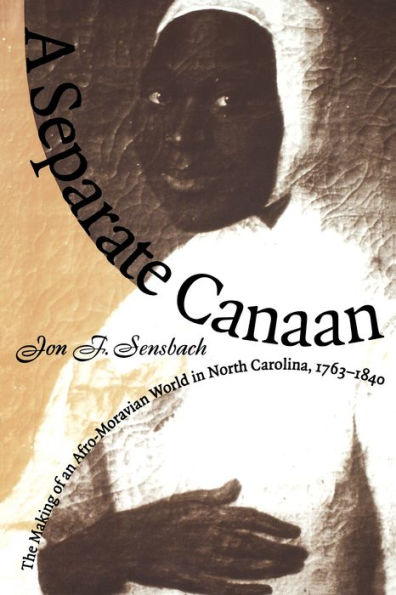5
1
9780807846988



A Separate Canaan: The Making of an Afro-Moravian World in North Carolina, 1763-1840 / Edition 1 available in Paperback, eBook

A Separate Canaan: The Making of an Afro-Moravian World in North Carolina, 1763-1840 / Edition 1
- ISBN-10:
- 0807846988
- ISBN-13:
- 9780807846988
- Pub. Date:
- 03/02/1998
- Publisher:
- Omohundro Institute and UNC Press
- ISBN-10:
- 0807846988
- ISBN-13:
- 9780807846988
- Pub. Date:
- 03/02/1998
- Publisher:
- Omohundro Institute and UNC Press

A Separate Canaan: The Making of an Afro-Moravian World in North Carolina, 1763-1840 / Edition 1
$50.0
Current price is , Original price is $50.0. You
50.0
In Stock

Product Details
| ISBN-13: | 9780807846988 |
|---|---|
| Publisher: | Omohundro Institute and UNC Press |
| Publication date: | 03/02/1998 |
| Series: | Published by the Omohundro Institute of Early American History and Culture and the University of North Carolina Press |
| Edition description: | 1 |
| Pages: | 368 |
| Product dimensions: | 6.00(w) x 9.00(h) x 0.83(d) |
About the Author
What People are Saying About This
From the B&N Reads Blog

